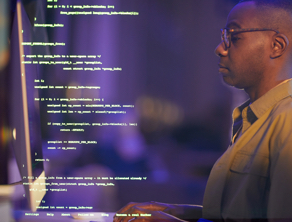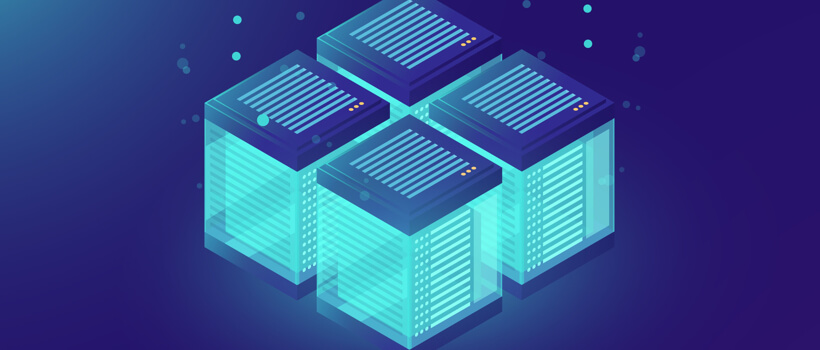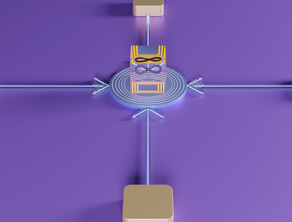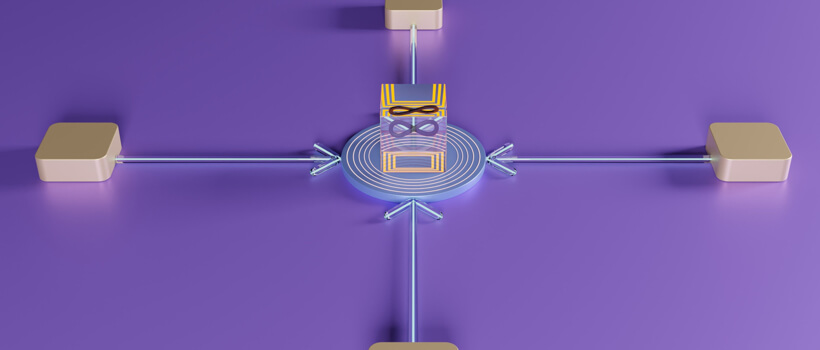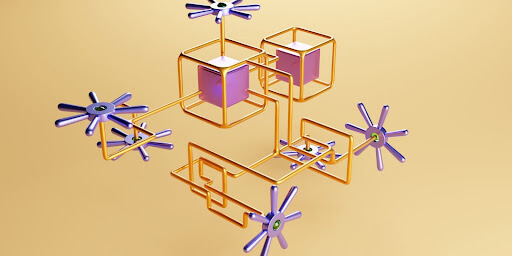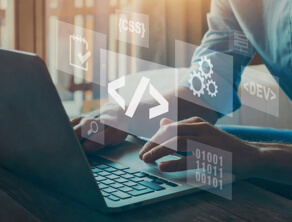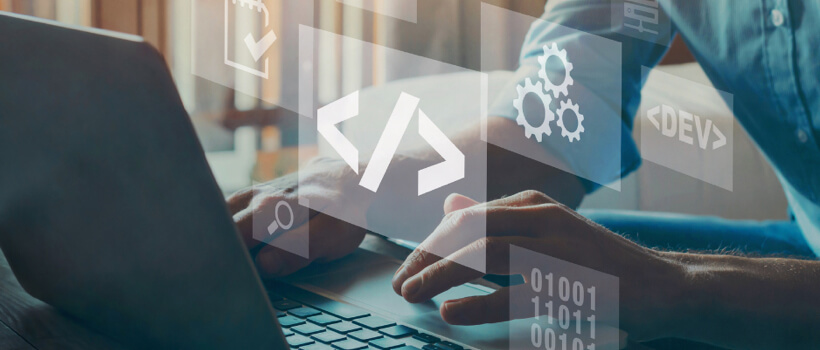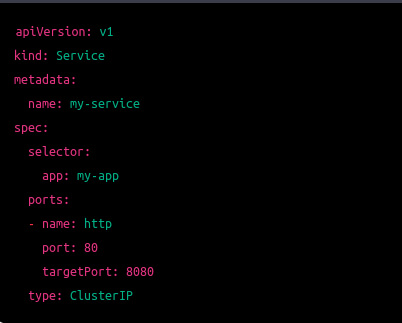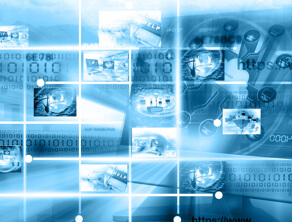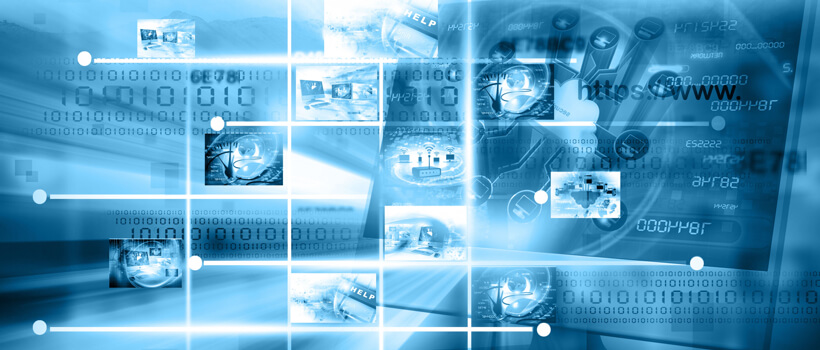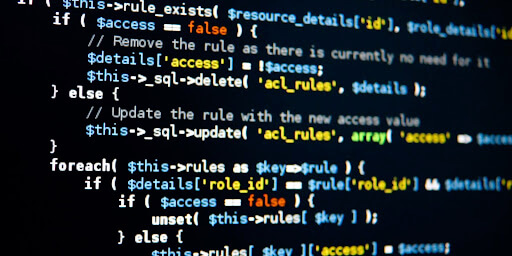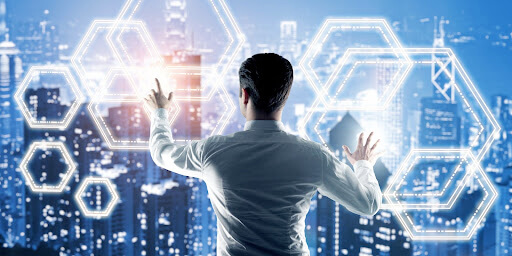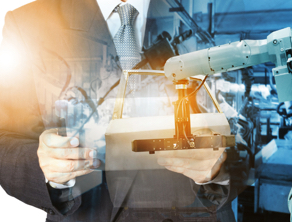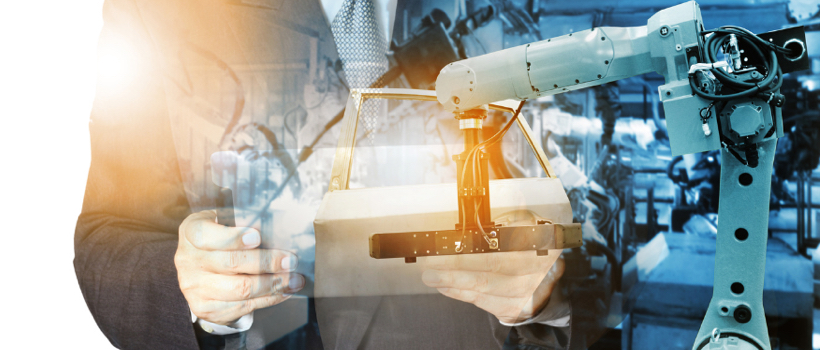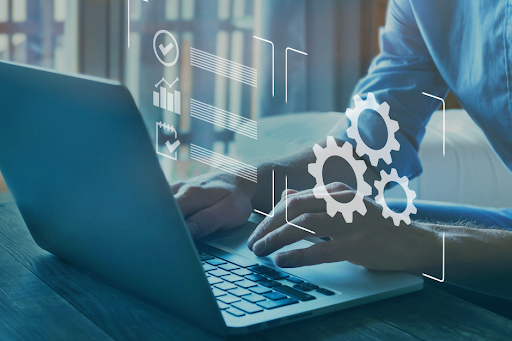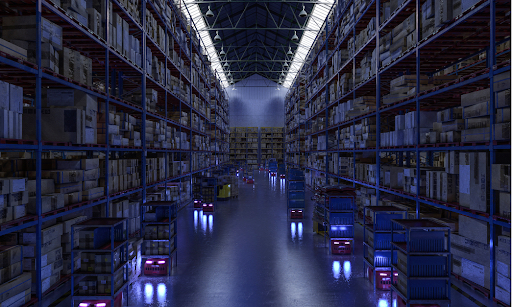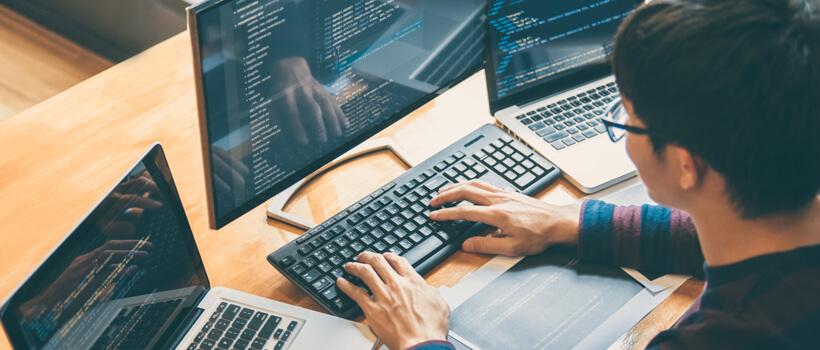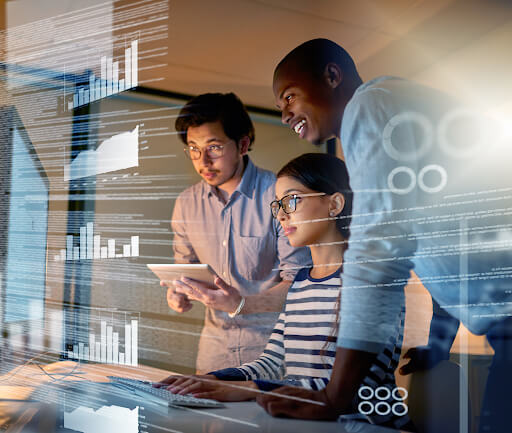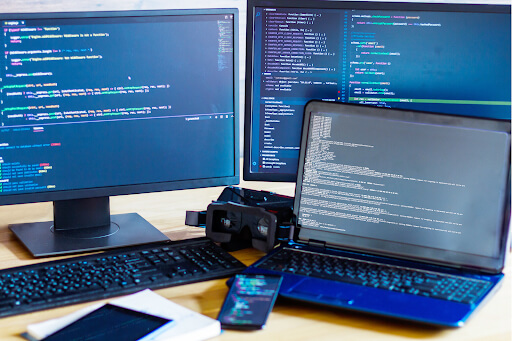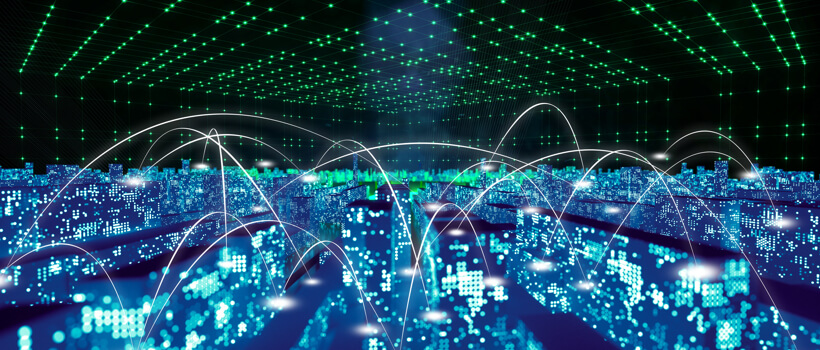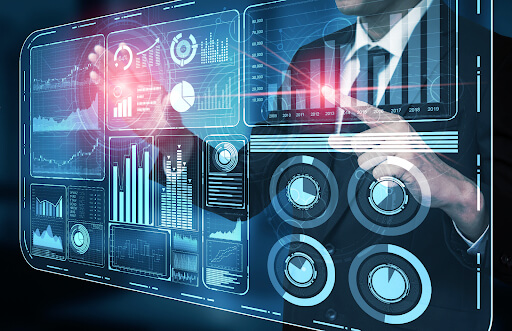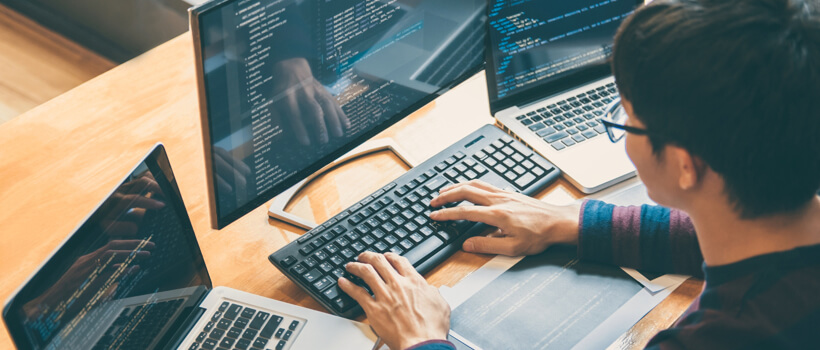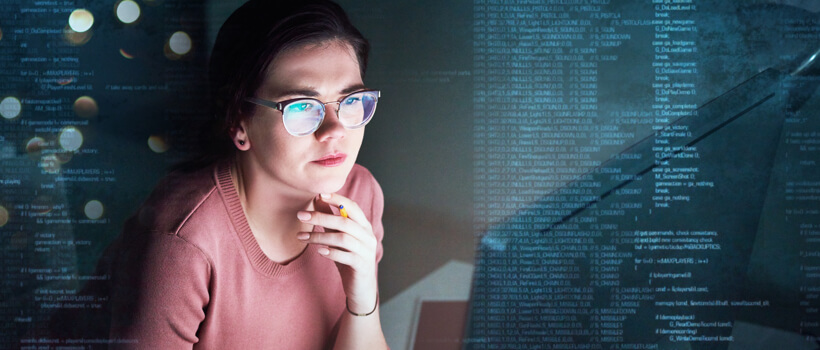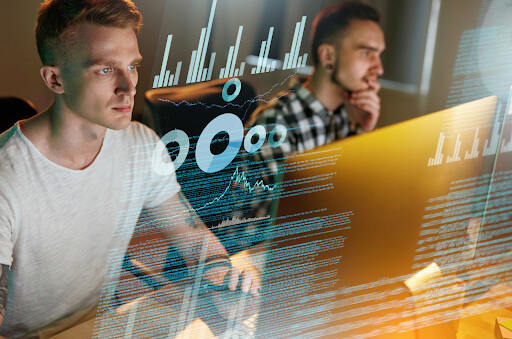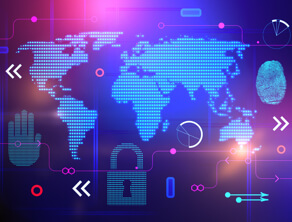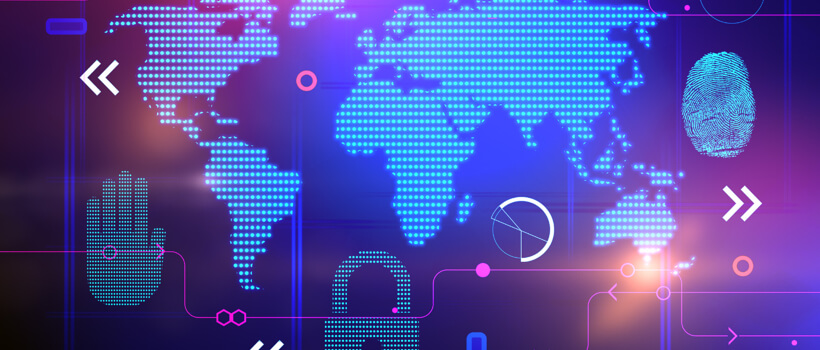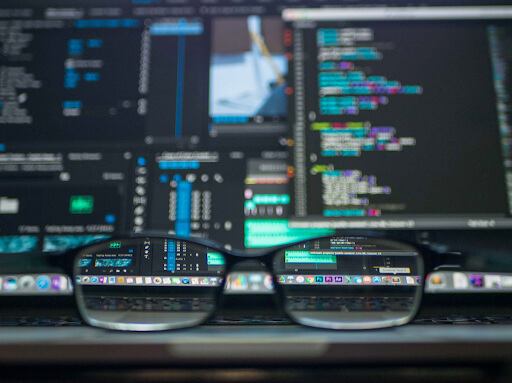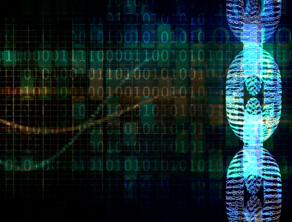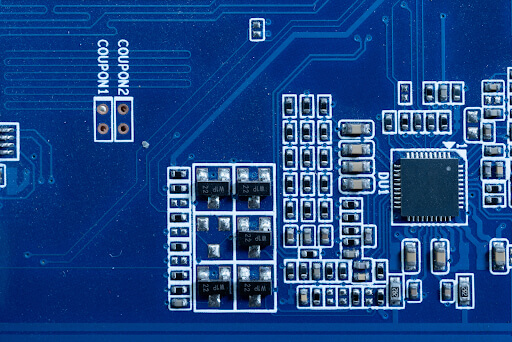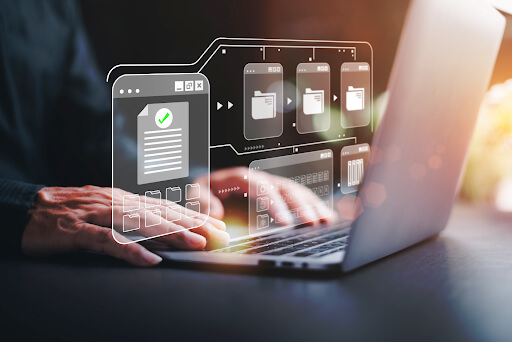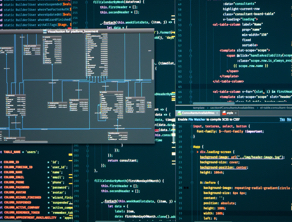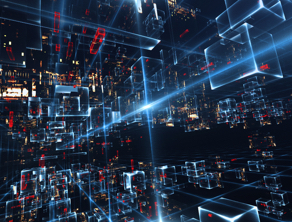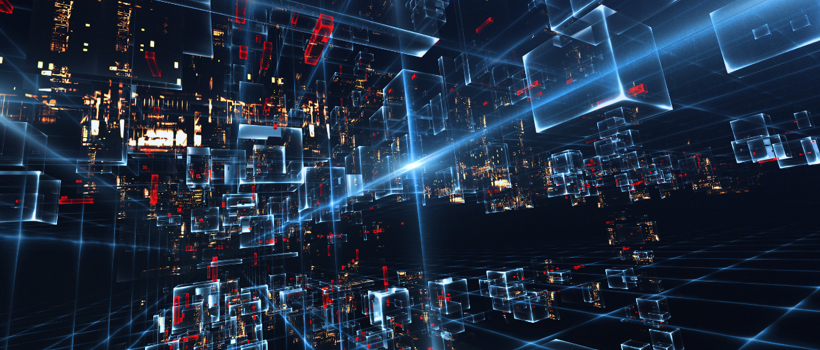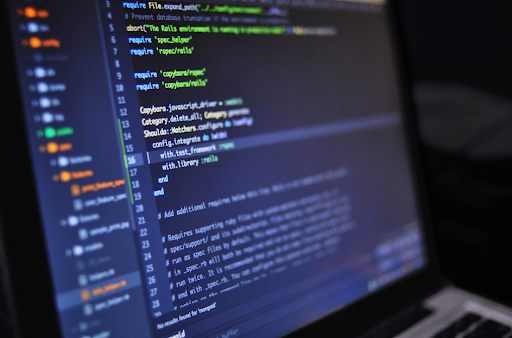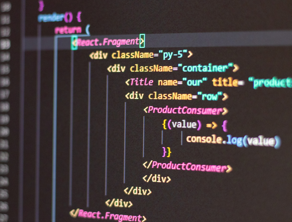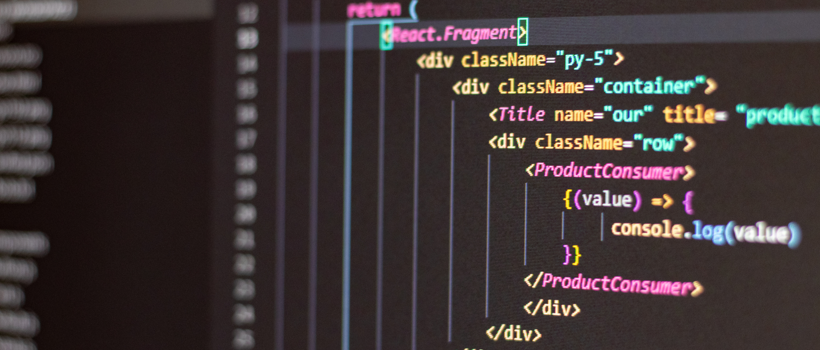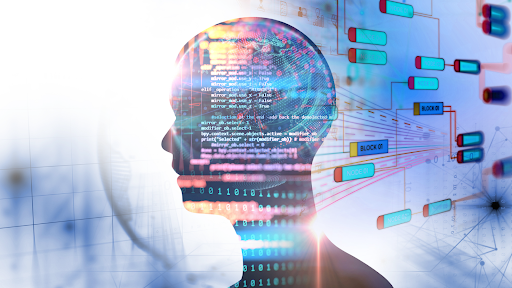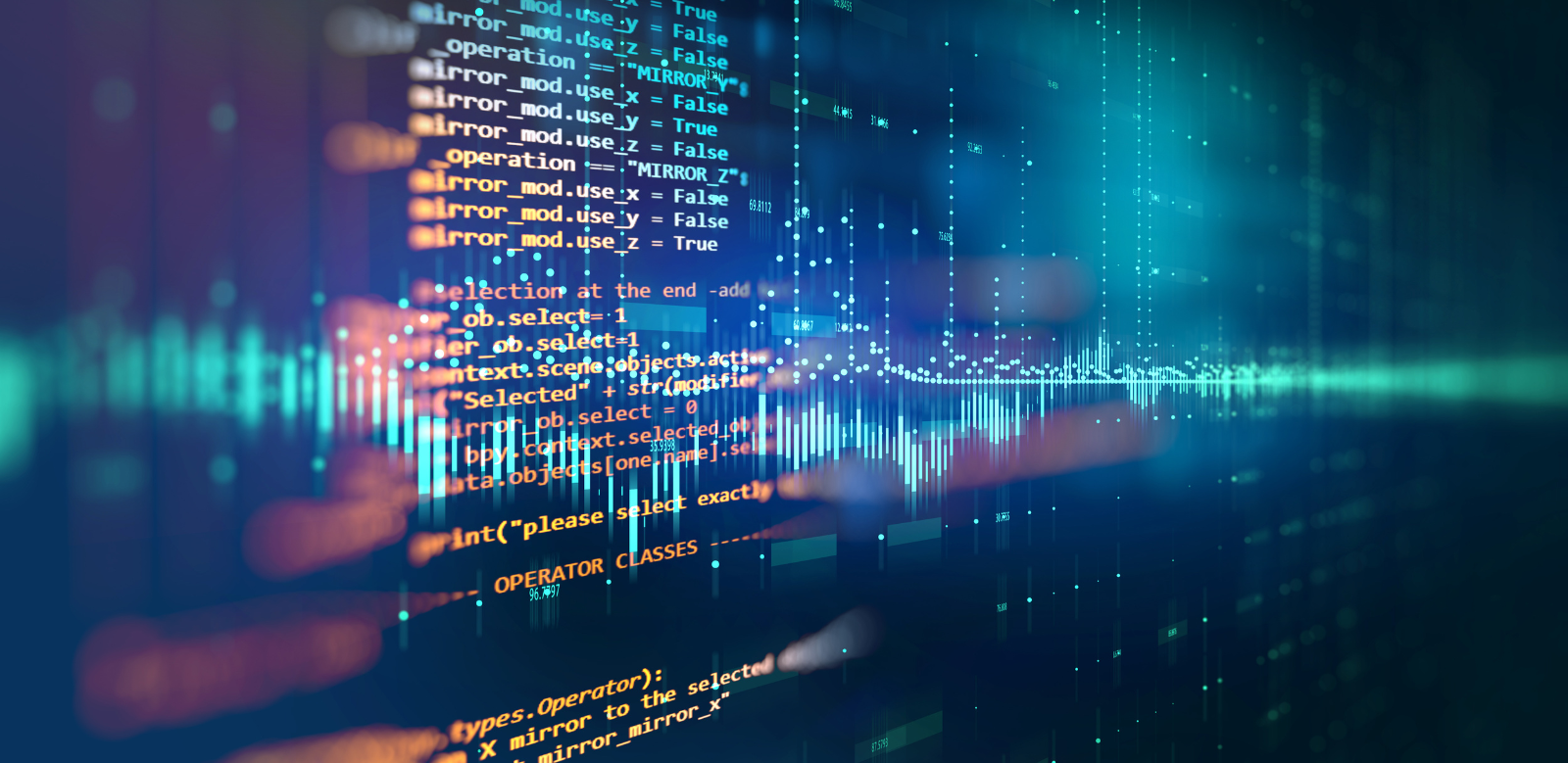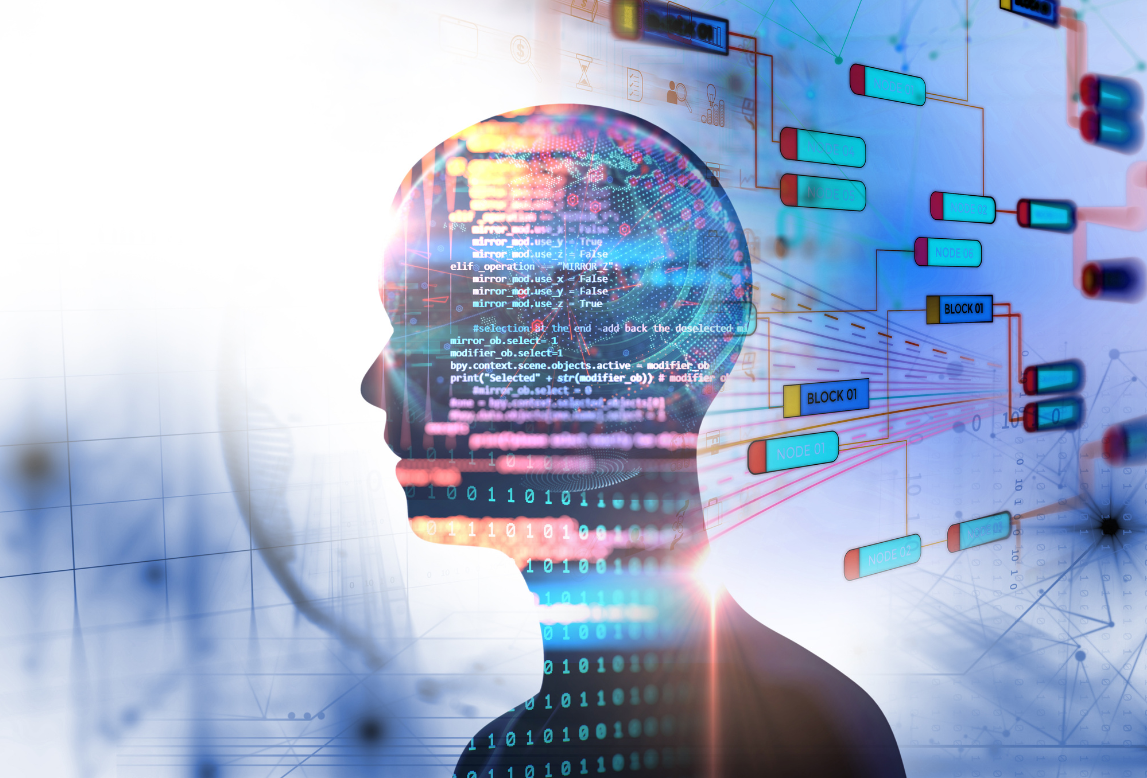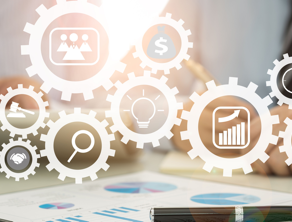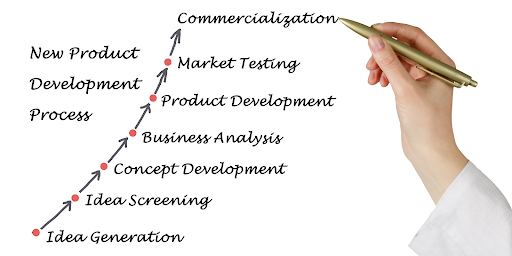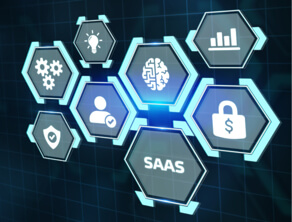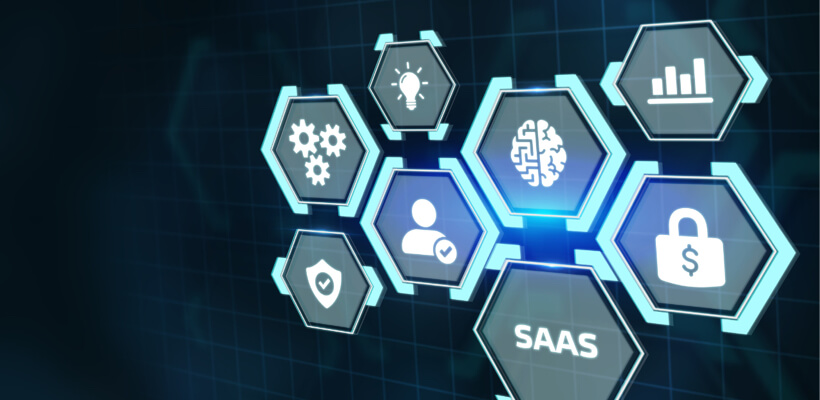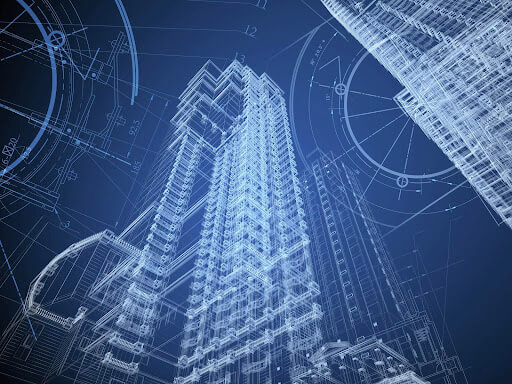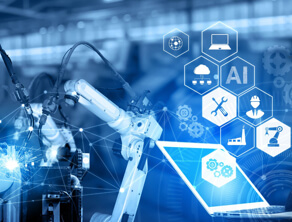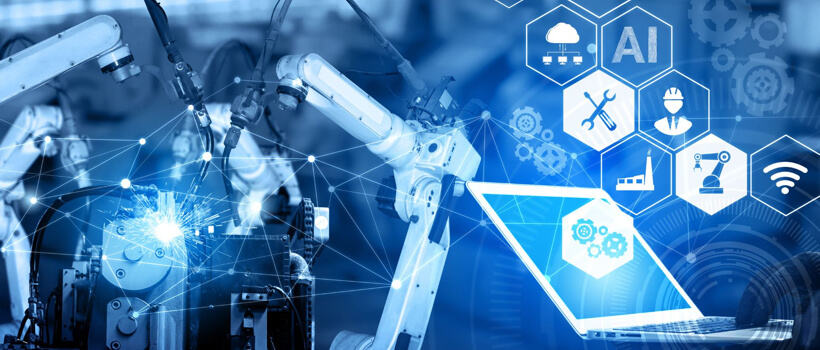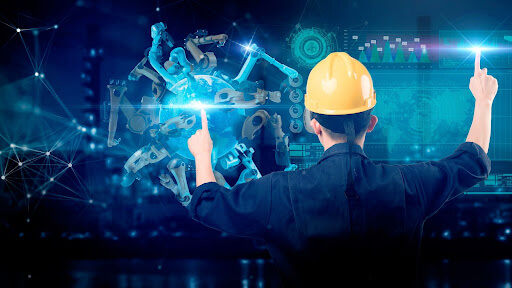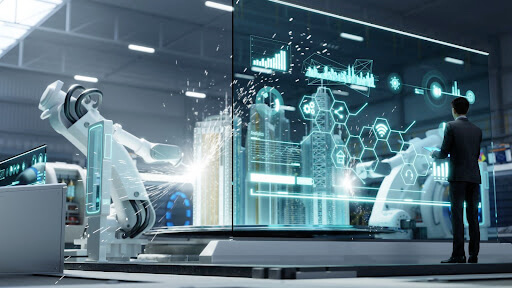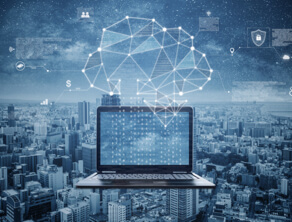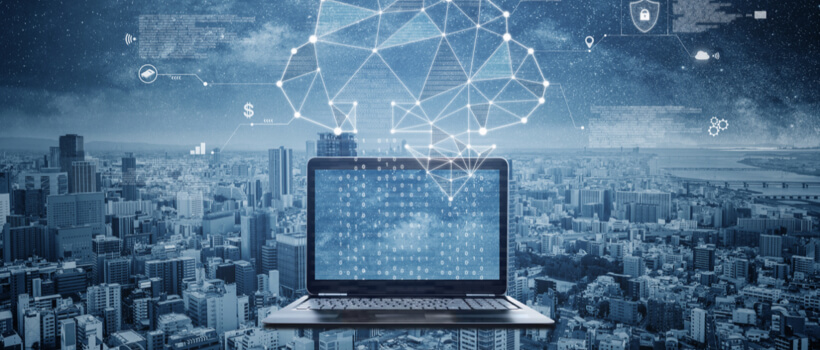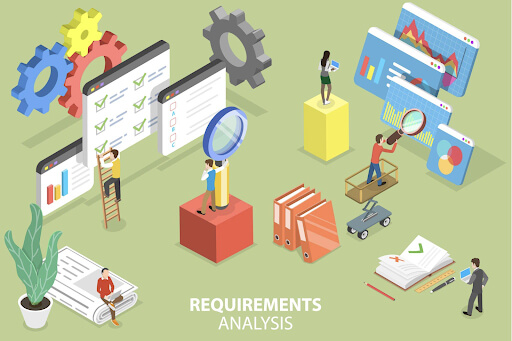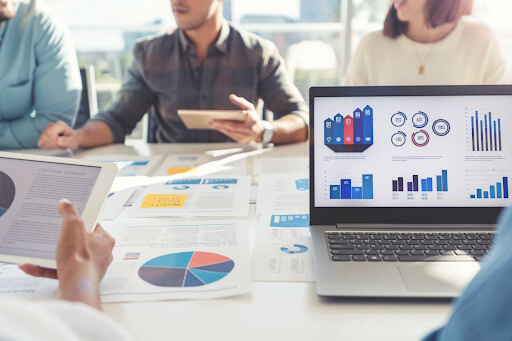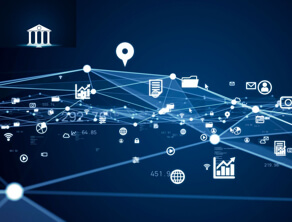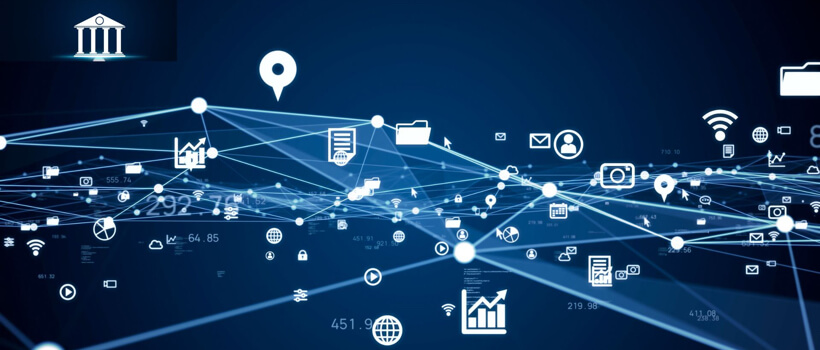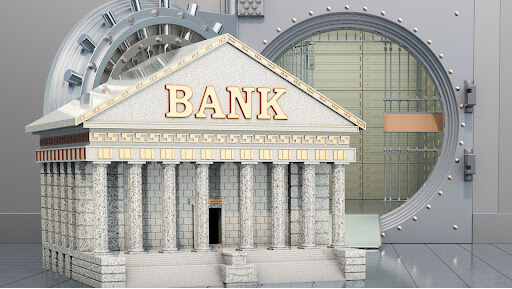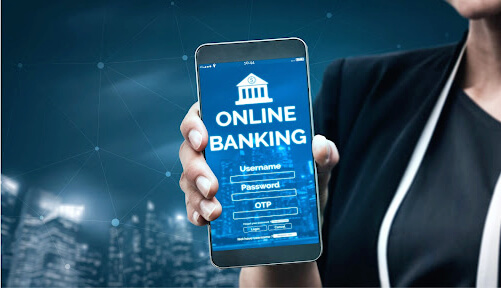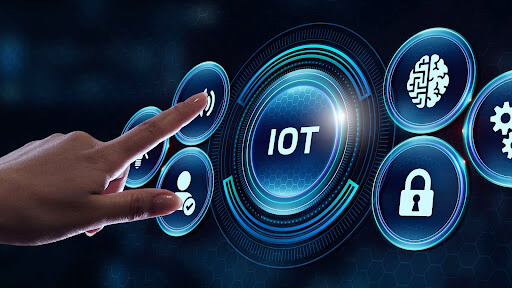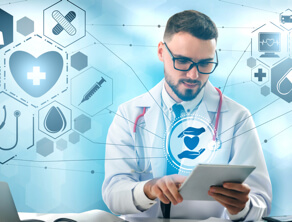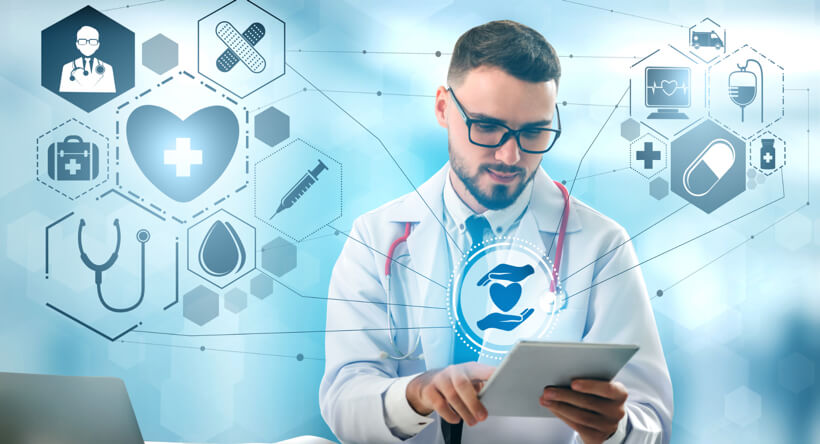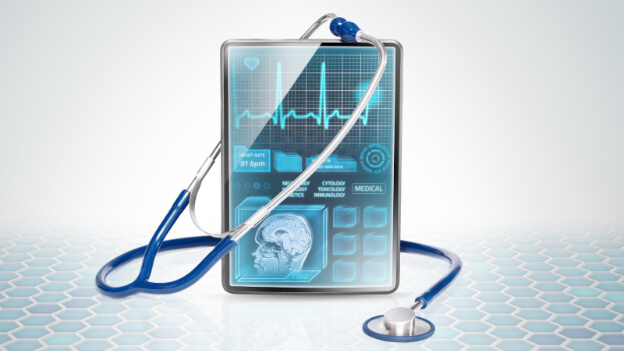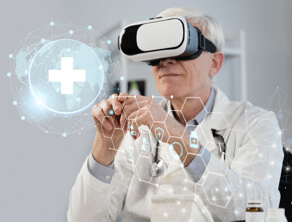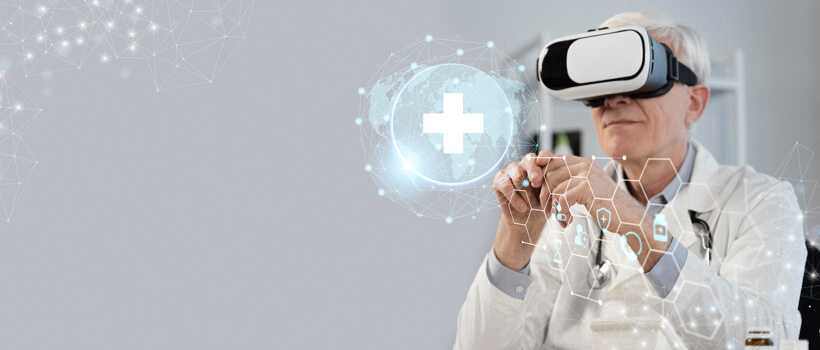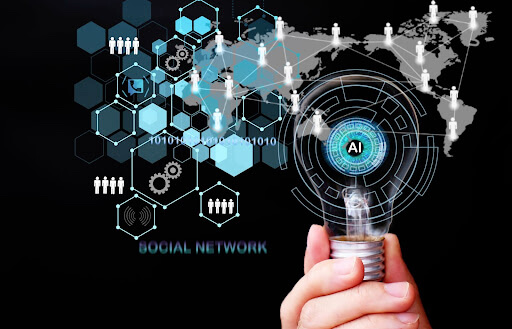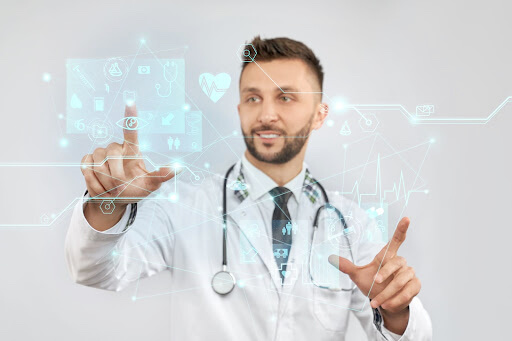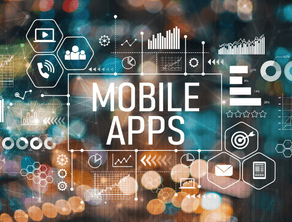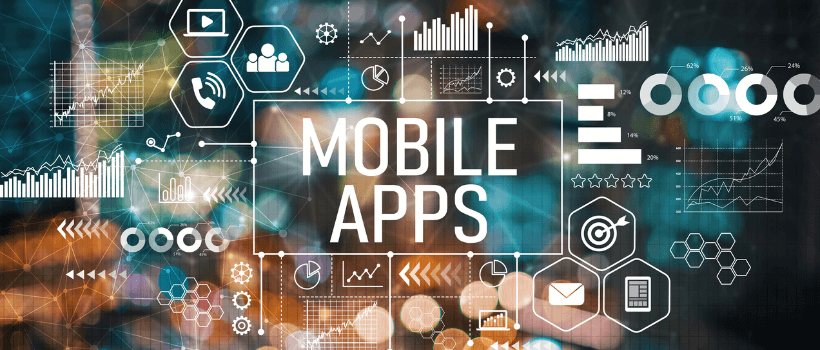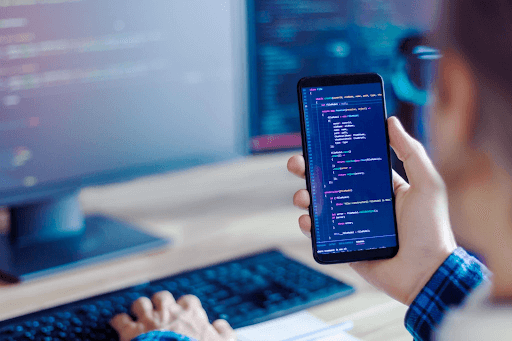
Introduction
We have compiled a list of the top 10 essential developer tools that will change how you work. This article will arm you with all the tools you need to achieve optimum efficiency in your development process, from code editors to productivity enhancers.
Depending on the particular requirements and technologies employed, various developer tools can be used to enhance the effectiveness of product engineering workflows.
Developers are constantly seeking methods to boost productivity and optimize their processes. Given the wide variety of available development tools, it can be challenging to decide which are needed.
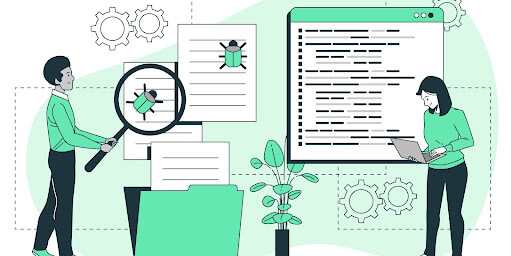
Ten essential developer tools for productive workflow are listed below:
1) Git Hub:
If you’re a developer, you may have heard of GitHub before. However, if you haven’t, here’s the gist: it essentially functions as a platform for hosting and disseminating code.
“Okay, but why can’t I just store my code on my computer or a shared drive somewhere?” you might be asking. Of course, you could do that. However, there are a few reasons why utilizing GitHub is preferable.
It facilitates teamwork. Imagine you are collaborating with a group of developers on a project. Everyone can contribute to the codebase and make modifications using GitHub. You can return to a previous code version if someone makes a mistake.
As a web developer, it may be an excellent platform for growing your contacts and brand. Additionally, it includes versatile project management tools that make it easier for businesses to accommodate any team, project, or workflow.
GitHub offers a free subscription with 500 MB of storage space, unlimited repositories, and collaborators.
You must buy one of GitHub’s subscription plans to utilize its other capabilities, such as sophisticated auditing and access to GitHub Codespaces.
Key Points:
- Based on your coding style, an AI-driven tool that proposes code completions and functions. Furthermore, it automates repetitive code and makes unit testing possible for your projects.
- It includes a text editor, bug tracking software, Git commands, and everything else you need to create a repository. It is also reachable using other browser-based editors like Visual Studio Code.
- You can designate up to 10 users on GitHub to work on a particular issue or pull request. This helps make managing the development of a project easier.
- Set varying levels of account and resource access and permissions for various contributors.
- You can use GitHub to automate testing, CI/CD, project management, and onboarding processes.
- To expand GitHub’s functionality, use various third-party web apps offered on the GitHub Marketplace. Numerous integrations, including Stale, Zenhub, and Azure Pipelines, are available only to GitHub users.
- The iOS and Android versions of the GitHub mobile app allow users to manage their projects while on the go.
- GitHub has a code scanning tool to find security holes and a security audit record to monitor team members’ activity. It is also SOC 1 and SOC 2 compliant.
2) Stack Overflow
Stack Overflow is a well-known online forum for programmers to ask and respond to technical concerns about software development. Joel Spolsky and Jeff Atwood started it in 2008, and it has grown to be one of the most popular sites for developers.
Users can register for a free account on Stack Overflow and post questions about software development and coding. Other users can then answer these queries, and the original poster can select the best response as the recommended course of action.
Stack Overflow features a community-driven moderation system in addition to the Q&A style. Users can report objectionable content or offer site improvement recommendations.
Stack Overflow answers your queries and can help you become a better developer. When you browse the questions and answerers, you’re not simply seeking an immediate solution to a coding issue.
You may also be exposed to new programming concepts and techniques you have yet to encounter. As a result, your skill set may be widened, and you may become a better developer overall.
There is also a reputation system on the platform, where members can accrue points for their contributions to the
Stack Overflow is a website for questions and answers. Developers from all over the world congregate here to assist one another. You can ask a question, and both inexperienced and seasoned engineers will respond in minutes. The website is built with a community-driven model in mind. Users may vote for or against responses based on their usefulness and relevancy.
One of Stack Overflow’s most robust features is that it covers a wide variety of programming languages, frameworks, and tools. Therefore, regardless of your work, you’ll find the solution.
In conclusion, Stack Overflow has become a crucial tool for developers worldwide, offering a sizable knowledge base and a vibrant community of specialists to assist with even the most challenging programming problems.
3) Postman
Do you know what an API is? They function as remote connections that allow various apps and services to communicate with one another. Today, many businesses use APIs to create their applications, which is why API platforms have become crucial.
Postman is one of the most well-liked API solutions for interacting with APIs.
With Postman, you can quickly design and execute sophisticated API calls. The best thing, though, is that the response is immediately shown in the same view! There’s no need to switch between various tools or create complex code.
That’s not all, though. In Postman, you can quickly change settings to observe how the API responds to multiple inputs. You can alter different headers and parameters to observe how the API responds.
A well-liked API development tool called Postman makes it simple for programmers to create, test, and document APIs. Developers can send HTTP queries to an API and receive responses through its user-friendly interface, which helps them better understand how the API functions and how to incorporate it into their applications.
With Postman, developers can add headers, query parameters, request bodies, and other parameters to their HTTP requests. Postman supports several HTTP request types, including GET, POST, PUT, PATCH, and DELETE. Additionally, it has tools for building mock servers, setting up collections of API requests, and producing documentation.
Postman offers a desktop program for Windows, macOS, and Linux and a web-based application. It is regarded as one of the most potent API creation and testing tools and is used by millions of developers worldwide.
Additionally, Postman offers model code examples for various languages. As a result, it is simple to include the APIs you test on it into your application’s code.
If you work with APIs, you must check out Postman. It’s like having a magic wand that instantly and easily makes API testing easy.
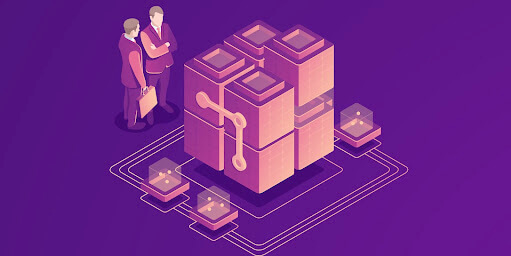
4) Docker:
Docker program enables you to create, distribute, and run applications inside containers. You ask, “What is a container?” Imagine it as a box that contains the application code, libraries, and dependencies necessary to run your program.
Why should you utilize Docker? Well, there are a lot of them! Portability is the primary justification. Without worrying about compatibility issues, you can move an application built as a container from your local laptop to a production server.
Developers may package, distribute, and operate applications in a containerized environment using Docker software. Containers are small, standalone executable packages with all the components—code, libraries, system tools, and settings—necessary to run a program. Docker enables developers to quickly and easily build, test, and deploy apps without worrying about supporting infrastructure or backward compatibility.
Docker’s unified approach to application packaging and distribution simplifies application deployment across several environments, such as development, testing, staging, and production. In addition, Docker offers tools for monitoring, load balancing, and scaling containers.
Due to its capacity to streamline application deployment and management, Docker has grown in popularity recently, especially in cloud-based contexts. It is frequently used in DevOps workflows, where development and operations teams collaborate to swiftly and reliably build and deploy apps.
5) Slack:
Teams can connect and work more effectively thanks to Slack’s cloud-based collaboration tool. It is a well-liked solution for remote teams and businesses of all kinds since it provides a variety of capabilities like chat, file sharing, video conferencing, and app integration.
Slack users can set up channels for specific projects, teams, or themes where they can share files, messages, and other crucial information. Additionally, it provides voice and video calls for in-context collaboration and direct messaging for one-on-one communications.
Slack’s ability to link with other programs and services, such as Google Drive, Trello, and Salesforce, makes it a hub for your team’s activity. This is one of its key benefits. Slack also provides several security measures, such as data encryption and two-factor authentication, to guarantee your team’s communication, data safety, and security.
Slack also connects with other widely used products, such as Google Drive and Office 365. As a result, you don’t constantly need to navigate between multiple apps to share files and documents with your colleagues.
One of Slack’s most powerful features is its ability to automate routine and repetitive tasks. Workflows are a tool that can speed up any process, from gathering feedback on a project to onboarding new staff.
Slack can help you accomplish more in less time, is simple to use, and interacts with other technologies you already use.
6) Code Editor:
A software program called a code editor creates and edits source code. It offers programmers an easy-to-use interface for writing and editing code in various programming languages, including JavaScript, Python, and others. A code editor frequently includes syntax highlighting, code completion, debugging, and code formatting.
These tools can make coding more effective and less error-prone for developers. Sublime Text, Atom, Visual Studio Code, and Notepad++ are a few of the most well-known code editors.
The feature sets offered by various code editors vary. However, many come with auto-completion and syntax highlighting right out of the box. Thanks to syntax highlighting, it is simpler to discern between different sections of your code visually.
Additionally, you can save time by letting the editor suggest and finish code snippets for you as you type by using auto-completion. Further, some editors allow you to personalize and expand their functionality by installing various extensions or plugins.
Each code editor has advantages and disadvantages, and many of them are accessible. Visual Studio Code, Notepad++, Vim, and Sublime Text are a few of the more well-liked choices. These editors can be used in various programming languages and are flexible.
7) Sass:
Preprocessor scripting languages such as Sass (short for “Syntactically Awesome Style Sheets”) are employed to create CSS stylesheets. Hampton Catlin created it, and Natalie Weizenbaum later refined it. By introducing programming ideas like variables, mixins, functions, and nesting, Sass offers a way to create CSS code that is more readable, maintainable, and modular.
The syntax used to write Sass code differs from that of CSS. This syntax includes features like nesting, which enables you to write more readable and concise code by concatenating related selectors and properties, and variables, which lets you store and reuse values throughout your stylesheet.
Sass can be converted into standard CSS using a command-line tool or a program that integrates with your development environment. Like any other CSS file, this produced CSS can be utilized in your web application.
Because it allows you to alter colors, fonts, and other user interface components, this web development tool is also excellent for learning how to create websites. Sass also makes sharing designs within and between projects simple, which simplifies project management.
Key Points:
- Integrated frameworks: Access effective authoring frameworks like Compass, Susy, and Bourbon quickly.
- Beginner-friendly. This web development tool is simple to set up and doesn’t require any training.
- Outstanding standing and broad public backing. Leading tech businesses frequently employ Saas. It also has a sizable user base and quick support for fixing bugs and issuing updates.
- LibSass implements Saas in C/C++ to facilitate simple language integration.
8) Bootstrap:
To estimate the sampling distribution of a statistic, the term “bootstrap” in statistics refers to a resampling procedure that includes repeatedly sampling a dataset. By randomly selecting data from the original dataset and replacing it, the bootstrap approach produces several datasets.
Statistics of interest are then computed on each of these resampled datasets, and the distribution of these statistics is used to calculate the uncertainty in the initial estimate.
In cases where conventional analytical techniques are unavailable, the bootstrap can estimate confidence intervals, standard errors, and other statistical metrics for complex models or data sets. In machine learning and data science, it is frequently used for model selection, parameter tuning, and assessing the robustness of model predictions.
A popular front-end programming framework for building responsive web applications is Bootstrap.
Web developers will save a ton of time by not having to manually code the numerous HTML, CSS, and JavaScript-based scripts for web design elements and functionality.
Anyone with a working knowledge of HTML, CSS, and JavaScript can readily navigate Bootstrap. Creating themes for well-known CMSs like WordPress is another way to learn Bootstrap.
9) Kubernetes:
The deployment, scaling, and maintenance of containerized applications can all be automated using the open-source container orchestration technology known as Kubernetes (sometimes referred to as “K8s”). The Cloud Native Computing Foundation (CNCF), which developed it at first, is now responsible for its upkeep.
Kubernetes offers a highly scalable, fault-tolerant solution to oversee containerized workloads over many nodes. Deploying and managing containerized applications are simplified by automating scheduling, scaling, and self-healing processes.
Developers can concentrate on building code without thinking about the underlying infrastructure using Kubernetes, while operations teams can easily manage extensive container deployments.
Kubernetes’s support for a variety of container runtimes, such as Docker, containers, and CRI-O, makes it a flexible platform for managing containers.
Key Points:
- Kubernetes may operate on various infrastructures, including public, private, and hybrid clouds and on-premises data centers.
- Sensitive information, including authentication tokens, SSH keys, and passwords, is stored in Kubernetes Secrets. Additionally, it enables users to create and update secrets without having to recreate container images or expose secrets in stack configurations.
- Automated scaling of each container based on specified metrics and available resources.
- Containers with their own DNS names and IP addresses are immediately exposed. This prevents stability during traffic surges and allows load balancing.
- Your apps are given a health check by Kubernetes to identify any potential problems.
- To reduce latency and enhance user experience, it mounts the storage system of your choice.
- The capacity to cure itself. Monitor and replace unhealthy containers to improve the performance of your apps.
10) Angular:
The front-end web development application framework Angular can be used to create single-page applications (SPAs), advanced web applications (PWAs), and substantial enterprise apps.
It aids web developers in writing more precise, more consistent code because it is written in Typescript.
Web designers may swiftly create dynamic web apps thanks to their extensive selection of UI components. Additionally, it has a two-way data binding feature that enables users to change the data used by the application through the user interface.
Angular is a framework combining business logic with UI while operating well with some back-end languages.
Key Points:
- Enhances HTML and CSS functionality to create dynamic online applications.
- The well-organized modules and components of the framework make doing unit tests simple.
- Encourage the use of progressive web apps (PWA). Angular-based web applications are compatible with both the Android and iOS platforms.
- Enables unique behavior for the app, reducing the danger of potential mistakes.
- The developer’s task is made more accessible with Angular CLI, which offers a variety of practical coding tools. To address complicated software difficulties, users can also incorporate third-party libraries.
- Reduces the amount of resources required by offering an efficient means of data sharing.
- You can immediately access intelligent code completion, in-line error checking, and feedback from your choice of code editor or IDE.
- Injection of dependencies (DI) This functionality divides an application into a collection of components that can be used as dependencies on one another.
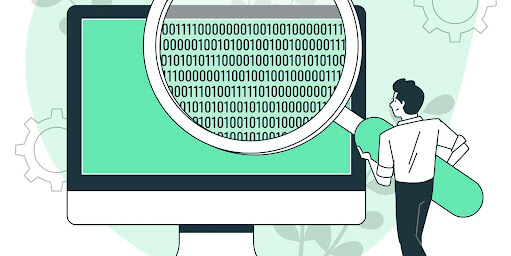
Final Thoughts
In summary, several essential developer tools can significantly increase the effectiveness of a developer’s workflow. These include debugging tools, a package manager, a task runner, a code editor, and a version control system. By offering functions like syntax highlighting, auto-completion, and code navigation, a practical code editor can reduce time spent on repetitive tasks and boost productivity.
Git and other version control programs allow collaboration with other developers while keeping track of changes. Package managers make dependency management and program updating simple. While debugging tools assist in quickly identifying and resolving errors, task runners automate repetitive tasks like building and testing. These technologies let engineers work more productively and efficiently, which leads to better code and shorter development cycles.
Web development tools are required to simplify front-end and back-end development workflows. Depending on your budget and project scope, the devices you use may impact the success and efficiency of your project.
Code or text editors, version control systems (VCS), web frameworks, debuggers, libraries, prototyping tools, and container software are only a few examples of these tools’ many different configurations.
 1-800-805-5783
1-800-805-5783